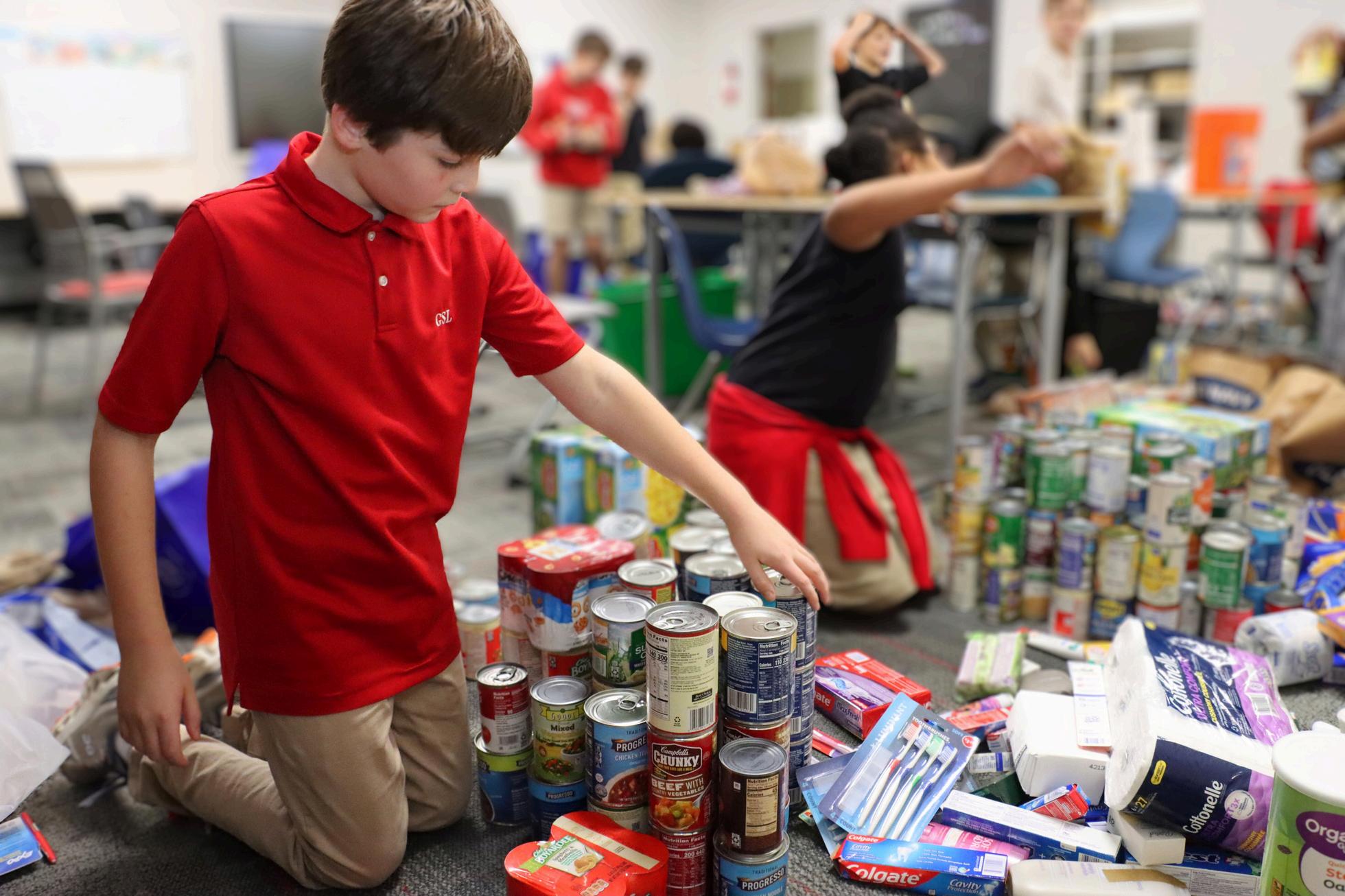5TH GRADE PROGRAM OF STUDY
2025 - 26 School Year
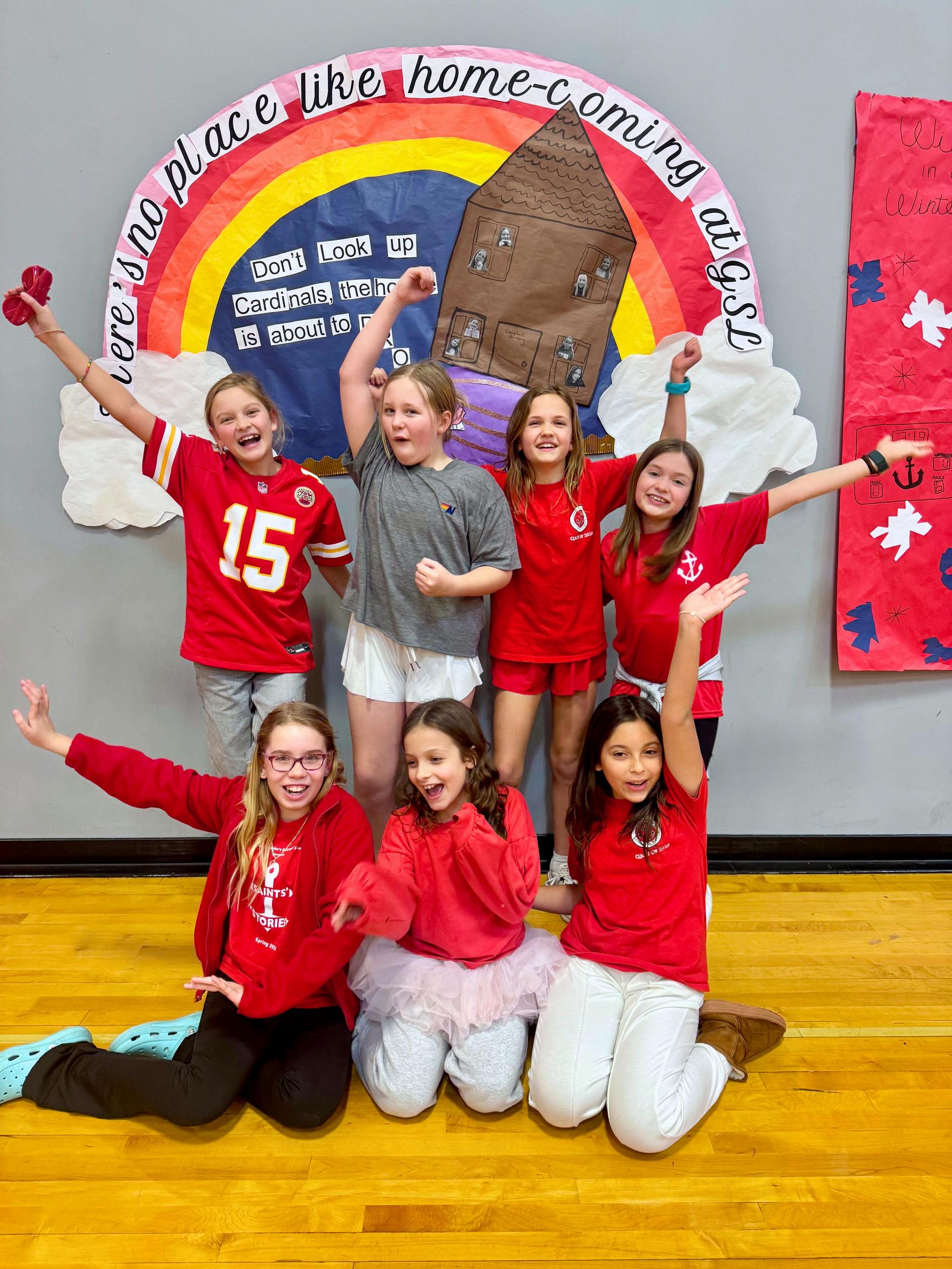
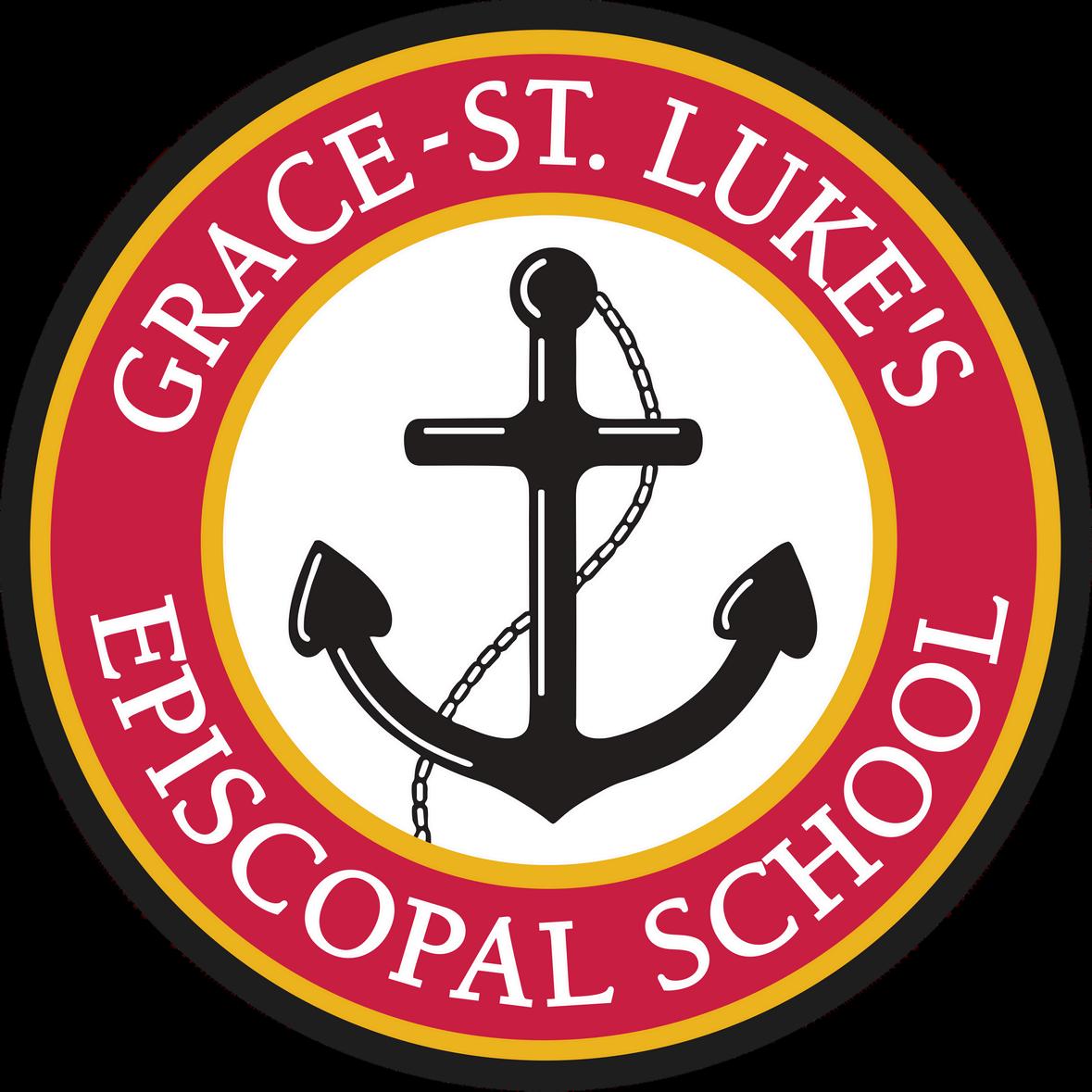

2025 - 26 School Year


Continuing their literacy development, fifth grade Lukers will identify the eight parts of speech, sentences and sentence types, spelling patterns, and common conventions of writing. 5th graders will read a variety of texts, both guided and independent, at and above grade level with an emphasis on developing appreciation for literature from diverse sources. Students will focus on developing empathy for groups of people represented in literature, both fictional and historical. Fifth graders will master paragraph writing (introduction, body, and conclusion) and have frequent opportunities for written responses to literature. 5th graders will be introduced to the formal research process and MLA-style report format.
Fifth grade Lukers will master comprehension skills including inference and other applications. There will be an emphasis on the concrete as well as an introduction to application and higher-order questioning. 5th graders will critically read a variety of fictional texts while examining cultural and historical themes.

Determine the main idea of a passage
Determine the theme of short stories
Use actions and dialogue to understand characters
Draw inferences from a text
Analyze short stories
Summarize a story
Identify supporting details
Develop a vocabulary of literary terms
Identify the narrative point of view
Experiences that Support Learning
Collaborative discussions
Small group instruction
Independent reading and writing
Shared Reading
Interactive read aloud
Apply reading for meaning skills
Project work
STAR reading assessment
Accelerated Reader (A/R) testing
Fifth grade Lukers will attain mastery of the paragraph, an introduction to the research paper, an emphasis on the five-paragraph essay and story writing, and an emphasis on securing mastery of the main idea and conclusions.
Develop writing by planning, revising, putting sentences in order
Writing a quality topic sentence
Writing a quality concluding sentence
Organizing writing by main idea
Revising sentences using strong verbs
Add imagery to stories
Create varied sentences based on models
Summarizing a story
Ordering items alphabetically
Locate information using guide words in a dictionary
Use thesaurus entries
Experiences that Supp
Collaborative discu
Flexible groupings
Small group instru
Independent writin
Book reports
Note taking
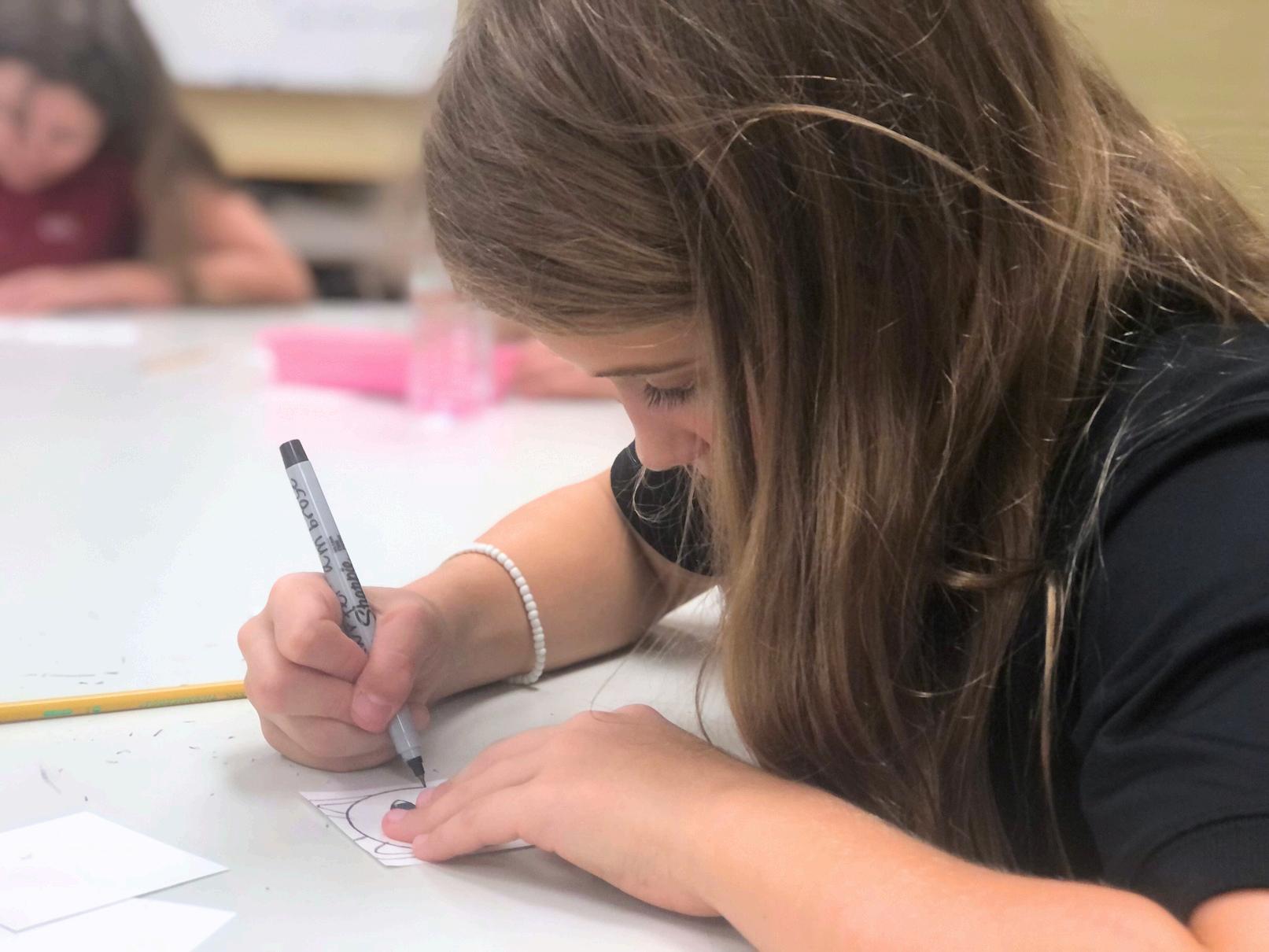
Fifth grade Lukers will master parts of a sentence, the eight parts of speech, kinds of sentences, type of sentences, and basic grammatical conventions. In vocabulary, fifth graders will attain intentional development of vocabulary through a variety of writing opportunities and will master vocabulary contextually
Distinguish between complete sentences and sentence fragments
Identify four basic types of sentences: declarative, interrogative, imperative, and exclamatory
Identify simple subjects and simple predicates
Distinguish between simple and compound sentences
Combine simple sentences
Identify noun types, pronoun types, and verb types
Identify number and case of personal pronouns
Choose between subject and object pronouns
Distinguish between main verb and helping verb in the verb phrase
Use correct subject and verb agreement
Identify adjectives and adverbs
Identify prepositions and their objects
Use correct ending punctuation
Identify errors in capitalization
Correctly use commas in a series, with dates and places, with indirect address, with introductory elements, and with compound sentences
Use correct capitalization and ending punctuation in all writing
Reviewing common prefixes and suffixes
Reviewing Greek and Latin root words
Studying synonyms and antonyms of new vocabulary words
Studying word analogies
Study multiple meanings of words
Discover the meaning of words using context clues
Collaborative discussions
Flexible groupings
Small group instruction
Independent writing
IXL
Interactive vocabulary practice using digital resources
Fifth grade Lukers develop their understanding of math facts, number patterns, and measurement to solve real-world problems. Students develop skills in problem solving strategies using both hands-on and traditional approaches Students begin to develop abstract mathematical thinking using one-step equations using variables to represent an unknown quantity. Students explore statistical data representations, such as histograms and box-and-whisker plots.
Exit Outcomes - Numbers and Operations In Base Ten
Arithmetic
Multi-digit multiplication and long division algorithms
Number Sense
Divisibility patterns
Prime factors
Exponents
Order of operations
Decimals
Place value
Ordering and comparing
Modeling
Rounding
Convert to fractions and percents
Operations with decimals
Word problems using decimals
Fractions
Greatest Common Factor, Least Common Multiple
Ordering and comparing
Modeling, simplifying
Mixed numbers and improper fractions
Writing as decimals and percents
Operations with fractions
Word problems using fractions
Experiences that Support Learning
IXL
Aleks
Small group instruction
Flexible groupings
Math talks
Collaborative discussions
Manipulatives
Exit Outcomes - Operations and Algebraic Thinking
Expressions and Equations
Integers - ordering and comparing and all operations
Solving one and two-step equations
Word problems using unknowns
Write, read, and evaluate expressions with variables
Solve one-variable equations
Differentiate between dependent and independent variables
Ratios and Proportion
Solving ratios and proportions
Percent of a number
Exit Outcomes - Measurement and Data
Statistics and Probability
mean, median, mode
Develop an understanding of statistical variability
Analyze and create representations of data using line plots, histograms, boxand-whisker plots
Summarize and describe distributions of data
Exit Outcomes - Geometry
Perimeter and area of quadrilaterals and circles
perimeter and area word problems coordinate grid
Solve real-world problems involving area and surface area
Solve problems involving radius and diameter of circles
Experiences that Support Learning
Differentiated instruction to support concept development
Digital resources for review, practice for mastery and introduction to new concepts
Small group instruction
Flexible groupings
Math talks
Collaborative discussions
Manipulatives
Experiences that Support Learning
Differentiated instruction to support concept development
Digital resources for review, practice for mastery and introduction to new concepts
Small group instruction
Flexible groupings
Math talks
Collaborative discussions
Manipulatives
Experiences that Support Learning
Differentiated instruction to support concept development
Digital resources for review, practice for mastery and introduction to new concepts
Small group instruction
Flexible groupings
Math talks
Collaborative discussions
Manipulatives
5th graders will study the Scientific Method and how to set up a controlled experiment
5th graders will complete units on waves, sound, light, electricity, and magnetism
Earth science including the characteristics and layers of the earth, minerals, and rocks
Life science topics on plants and their characteristics
Experiences that Support Learning
Create group slide shows
Interactive, hands-on labs
Webquests
Group and partner projets
Play review games such as Kahoot, Nearpod, and Quizlet
Model different types of waves
Create projects such as ‘Create your own Musical Instrument’
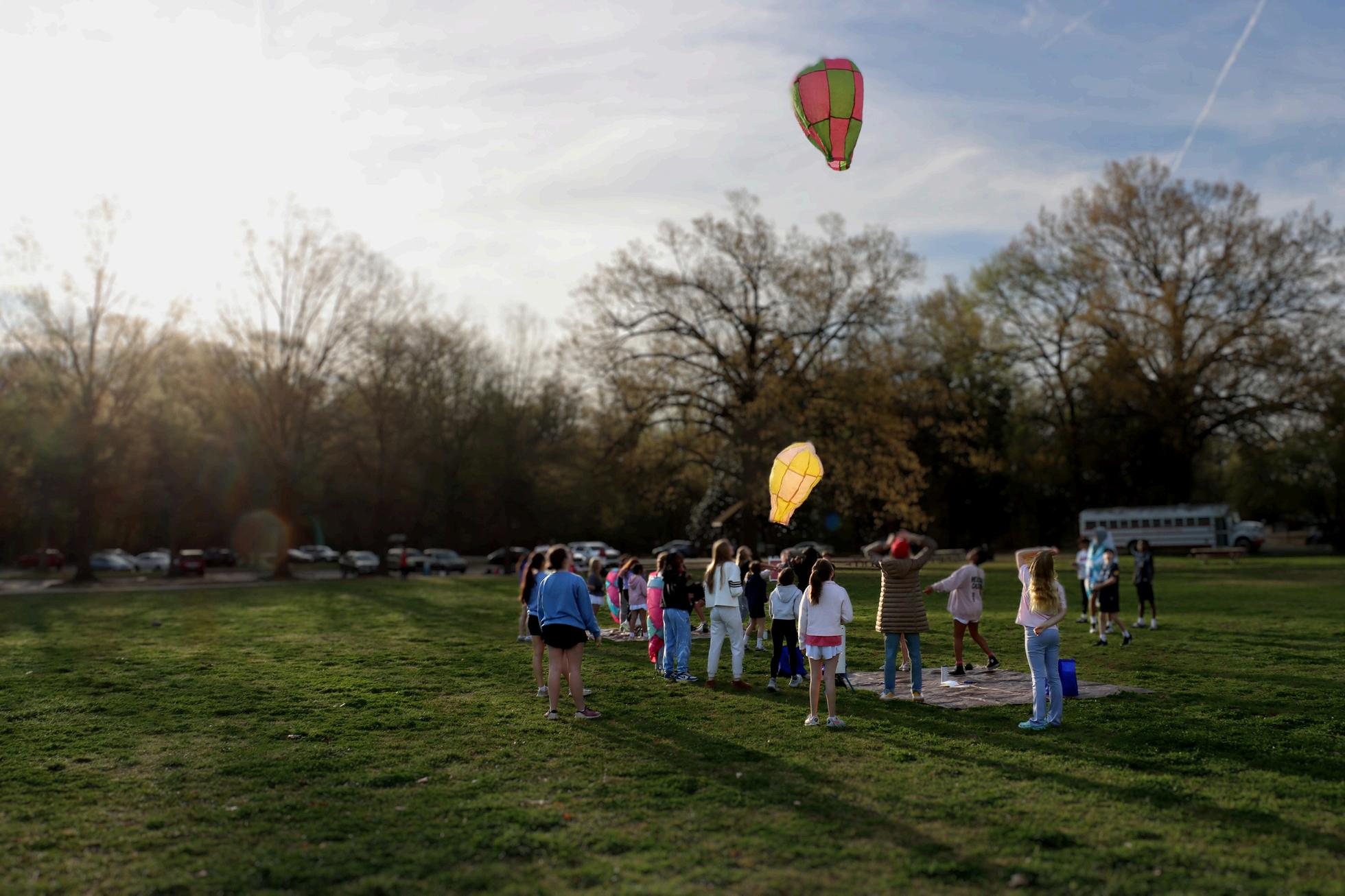
5th graders will learn vocabulary related to greetings, introductions, weather, clothing, body parts
Learn the difference between formal and informal language
Learn and practice the sounds of the Spanish alphabet
Create “tu nombre” posters showcasing sounds in their names
Learn numbers from 1-1000 and solve math problems with them
Learn to tell time in Spanish
Create sentences to describe weather
Culture focus: Learn about the significance of the Day of the Dead holiday, the floating gardens of Mexico and how they compare to Memphis attractions, Diego Rivera and Frieda Kahlo, Three Kings Day
Experiences that Support Learning
Memorize and present short dialogue
View and discuss Spanish movies, Dora and Lost City of Gold and Three Kings Day
Webquests
Group and partner projets
Play review games such as Kahoot, Nearpod, and Quizlet
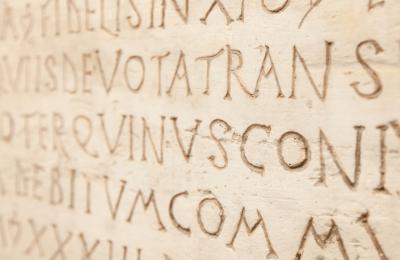
Recall Roman contributions to modern life
Recognize noun declensions 1-3
Recognize and translate the present tense and imperative mood
Understand basic Latin sentence structure using subject, verb, direct object, and prepositional phrase
Infer definitions of English derivatives based on knowledge of Latin (and some Greek) vocabulary
Discuss aspects of Roman life in the 1st century AD, especially in Roman Britain
Recognize and understand the use and translation of Latin cases (Nominative, Accusative, and Vocative)
Recognize and translate Latin adjectives in the superlative degree (regular only)
Recall basic Greek mythology
Differentiated instruction to support concept development
Digital resources for review, practice for mastery and introduction to new concepts
Flexible groupings
Collaborative discussions
Consistent practice in both new and learned concepts to reinforce a cumulative understanding of the language
Projects relating to cultural topics
Celebratory Latin feasts
This course introduces students to concepts related to the study of history and explores the history of humanity around the world, starting with hunter-gatherers and ending with the Greek and Roman period.
Exit Outcomes
Students will be able to:
Take guided notes to develop note-taking skills and support study strategies
Effectively summarize information
Read information and critically analyze it in a variety of contexts
Think critically through discussion
Navigate digital resources through webquests
Cooperate and learn from others in an academic setting
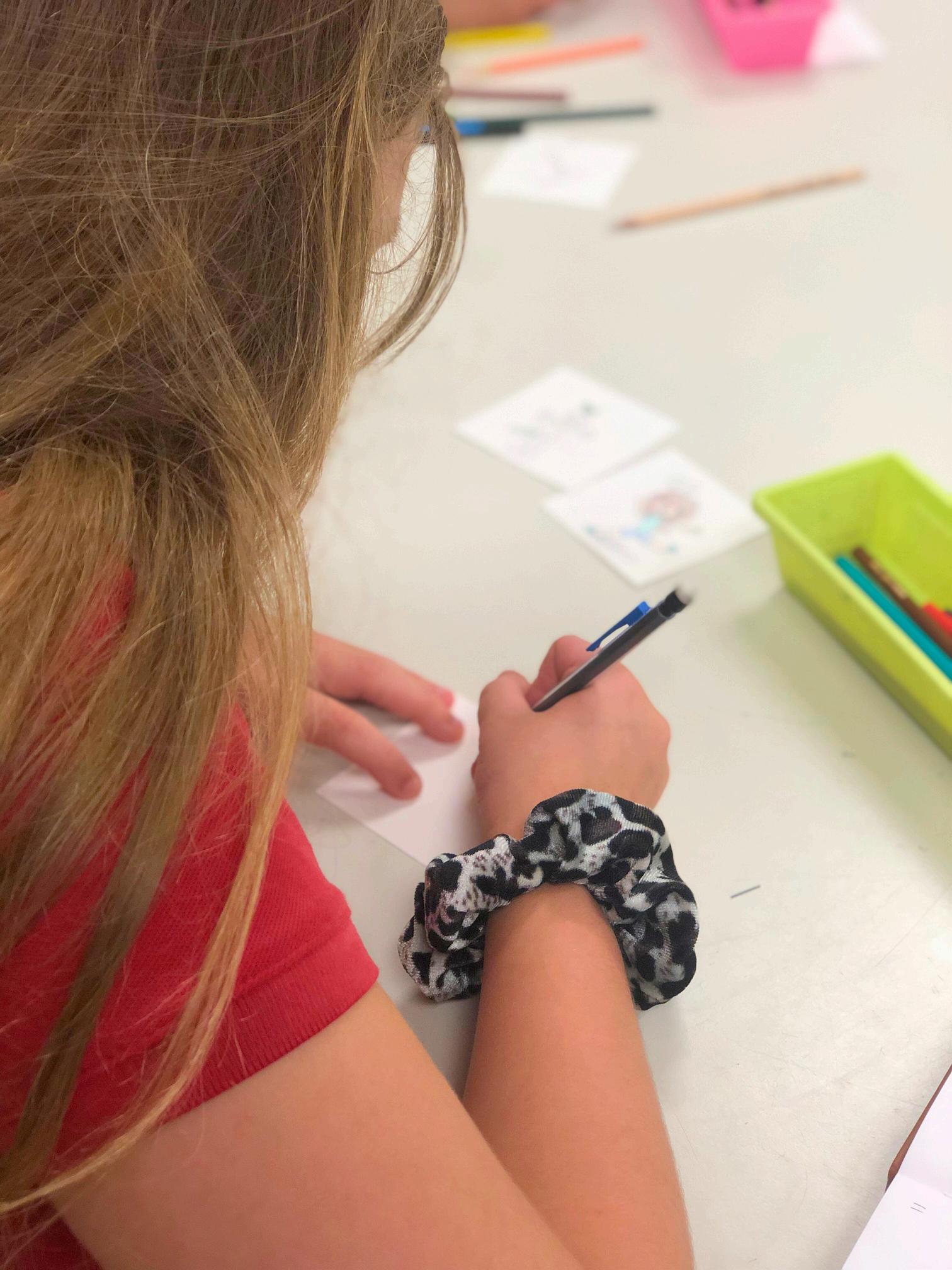
Experiences that Support Learning
Introduce basic history concepts including map reading, reading timelines, and how to approach historical evidence
Study early humans in prehistoric era
Learn how humans survived, moved around globe, and began settling during Agricultural Revolution
Learn about civilizations of Mesopotamia, Sumeria, Babylon, ancient Egypt, ancient Greece, and early Roman Empire
Learn about political changes, military leaders, and early forms of democracy
Hands-on projects to bring history alive such as the “Cuneiform Tablet” project
The guiding principles of the middle school visual art curriculum are the four C’s of 21st Century Learning: Creativity, Collaboration, Communication and Critical Thinking.
Students develop these skills through artmaking, visual problem solving, discussion, and analysis of important artworks. Their artwork is hung for display at the end of each marking period with an opening reception for family and friends.
5th grade artists focus on adopting a growth mindset about their artmaking, developing craftsmanship, and learning the steps of the artistic process.
Experiences that Support Learning
Sketchbook prompts that focus on creative thinking
Digital presentation assignment about an endangered species with accompanying cut paper collage
Study of form and value through analyzing artworks and drawing with oil pastels.
Introduction to digital artwork with Google Drawings
Exposure to the Pop Art Movement
Grade-wide collaborative artwork installation
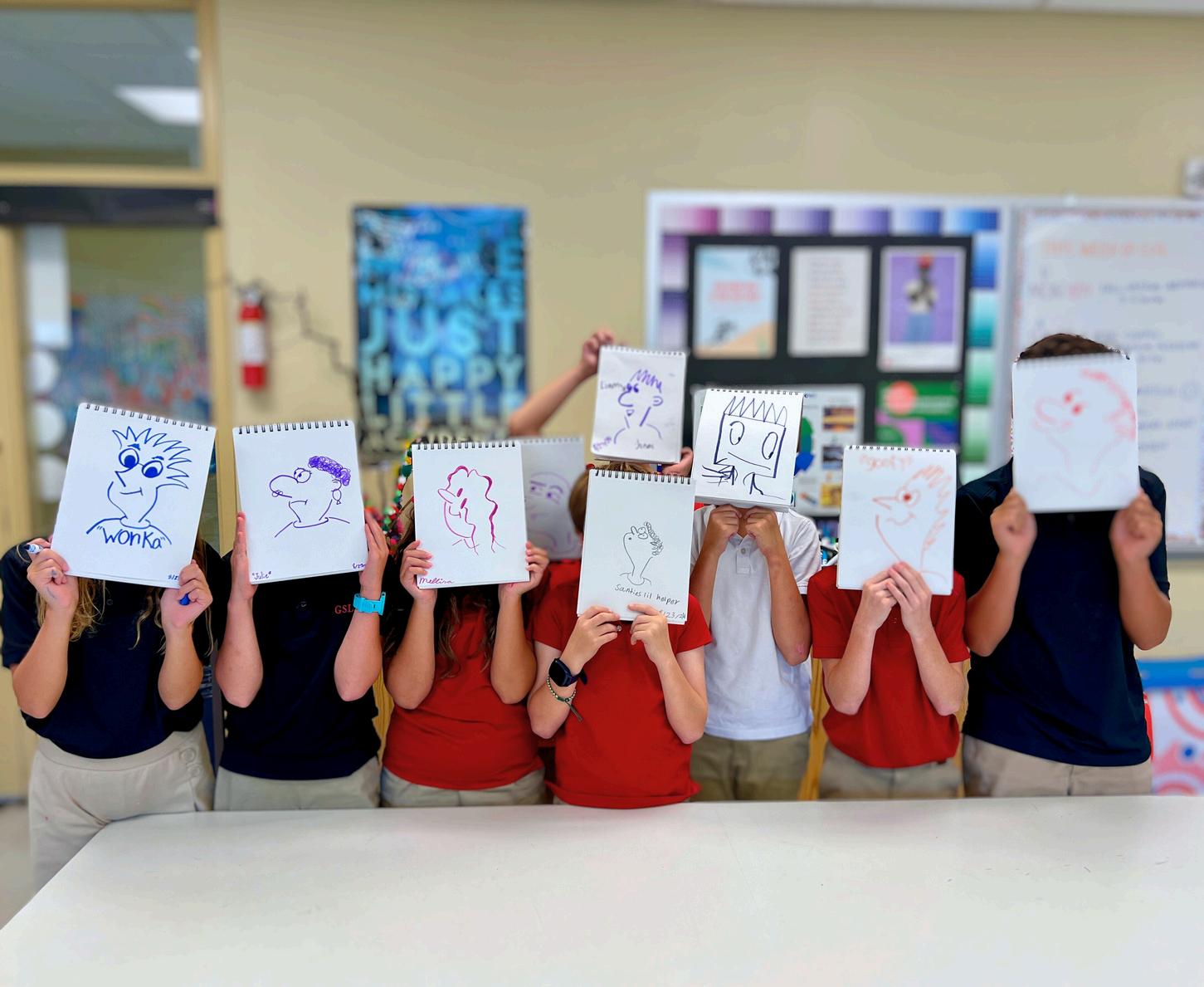
Exit Outcomes
Complete a long poem project
Complete a song-writing project
Choreograph and perform a Formative Five Rap
Script a Native American short story then stage and perform it
Experiences that Support Learning
Help students develop age appropriate projection and enunciation skills.
Allow students the opportunity to interpret and experience the literary arts through performance using mulit-ethnic, muli-cultural literature
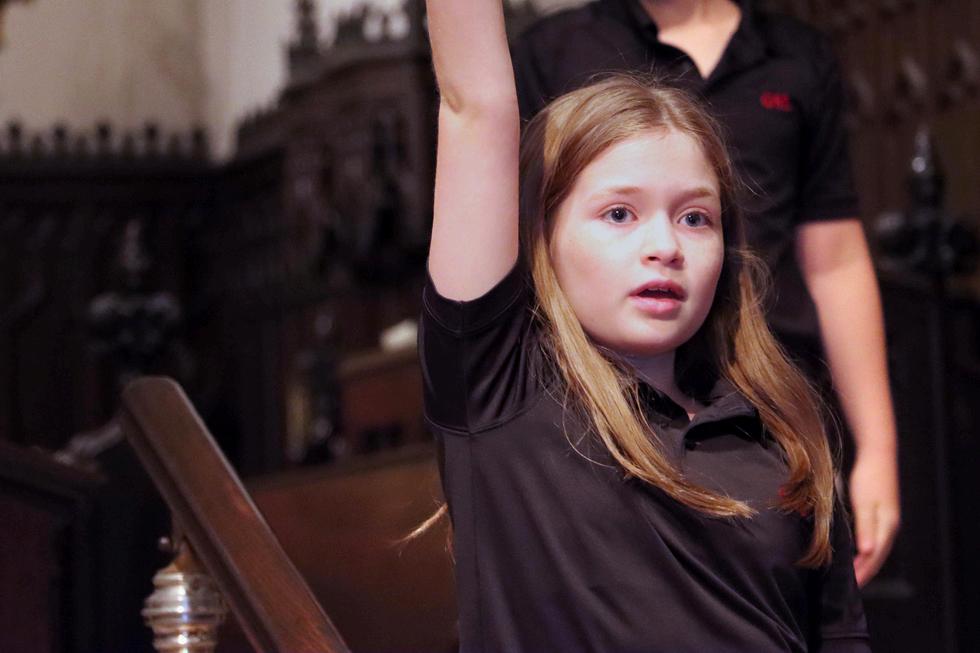
In fifth grade music, students experience music through learning to play a variety of percussion instruments in a diverse range of styles and genres.
The goal is for students to develop confidence playing instruments alone and together while building an appreciation for music. Instruction is primarily based in the Orff approach to music education.
Exit Outcomes
Play percussion instruments with correct technique
Perform pieces in a variety of genres and styles
Improvise both rhythmically and melodically
Discuss music using proper terminology
Experiences that Support Learning
Performing in front of an audience
Playing a variety of pitched and unpitched percussion instruments
Listening critically for elements of music
Composing pieces as a class
Discussing different styles of percussion music from around the world
Fifth graders will learn about different learning styles and determine how they learn best Learn various strategies for organization, time management, goal setting, memorization, and note-taking
Reflect and write about personal strengths/weaknesses/ areas for improvement Weekly time to organize binders, lockers, and papers
Locker and binder checks
The focus of the Middle School Physical Education Program is to foster an interest in and enjoyment of physical activity while promoting positive group interaction, good sportsmanship, and fitness. These concepts are developed through a wide variety of activities with a progression of instruction based on age and skill complexity. The Middle School Physical Education Program incorporates skills and strategies for team and individual participation. The students are introduced to lifetime sports and fitness with skills being taught and developed through participation, practice, and game and fitness scenarios.
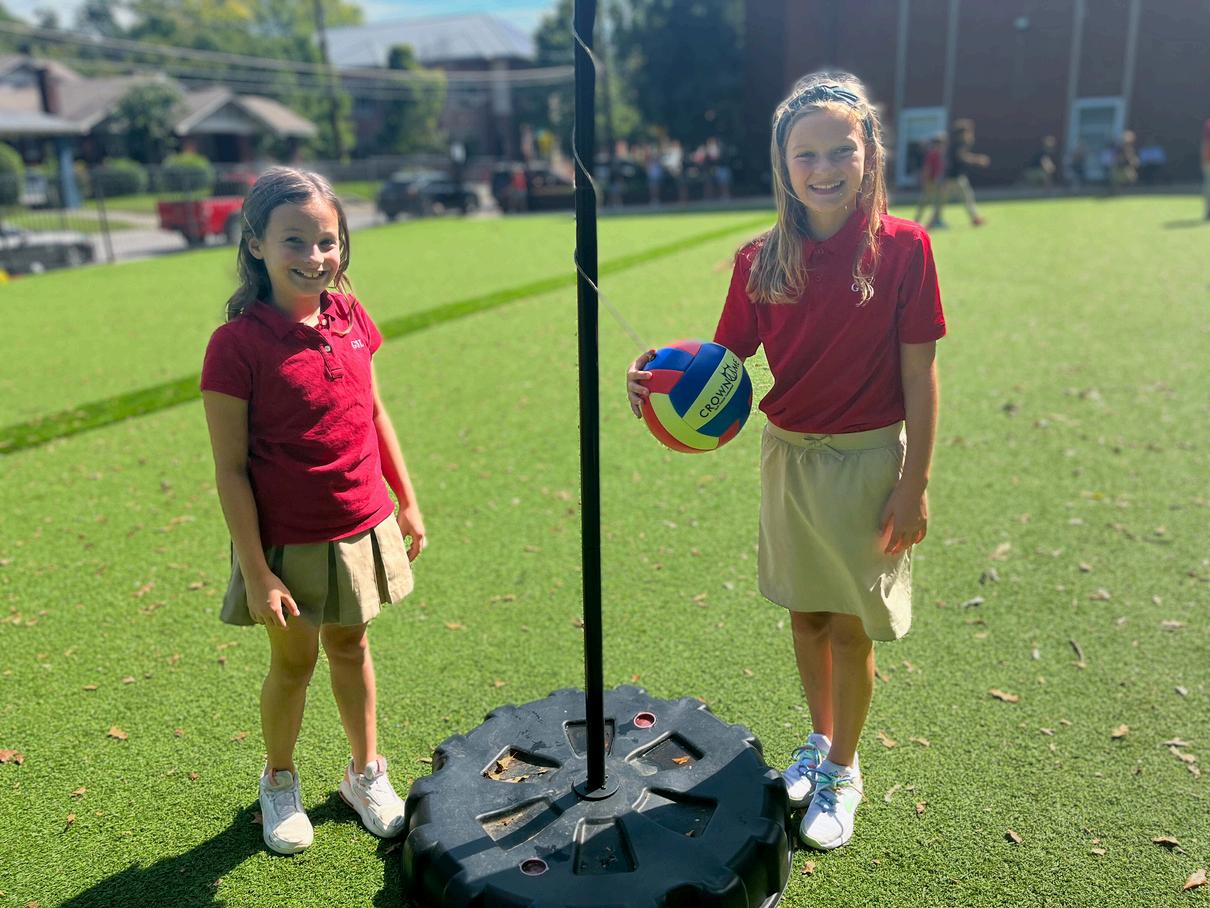
Fifth grade students build fitness and skills through group games, individual practice, and fitness sequences and videos. There is a focus on basic skill development and cooperative work for participation in lead-up games and sports.
Fifth graders will focus on various social emotional topics such as building empathy, how to resolve conflict, and verbal/nonverbal communication
Experiences that Support Learning Group and partner projects
Special speakers
Small group discussion
Poster and bulletin board projects
Skits and Google slide presentations
Organize and lead school-wide Canned Food Drive
Spring Trip to Nature’s Classroom
Move to single-sex advisories
Puberty presentation
